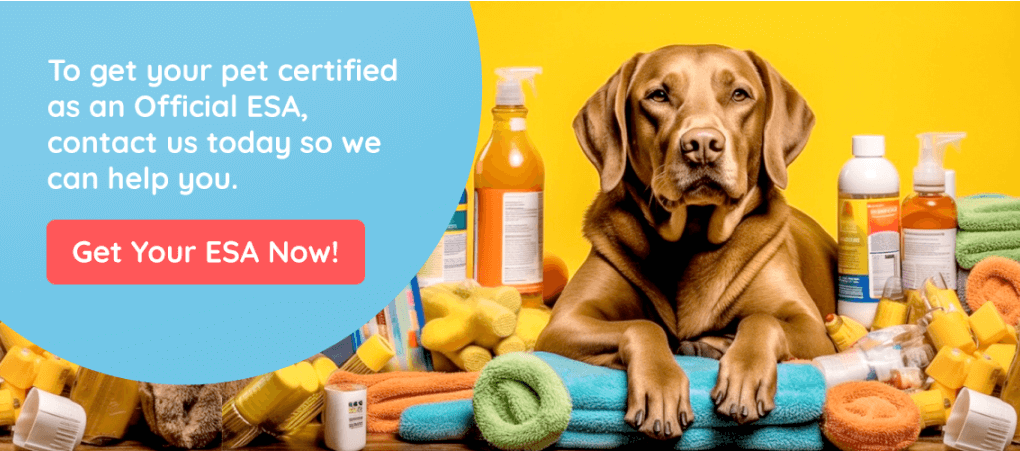Are you ready to embark on a lifelong journey with an amazing companion? Raising a service dog is no easy feat, so you must go in prepared. Lucky for you – this blog post has all the information necessary! We’ll provide insight into every process step, from selecting your pup to training them for their future career. Get ready; because we’re about to take off together!
Choosing your dog
If you want a service dog, some specific attributes should be considered. Any breed can be well suited for being a service dog. Although, it is helpful to remember the tasks you need them to do when deciding on a dog. Depending on the tasks they need to be trained on, they may need to be a specific size or have certain attributes to be successful.
You can self-train, but it may take some extra training depending on your dog’s personality. Of course, these breeds come in many sizes and shapes – but three of the most popular types which meet all these requirements include Labrador Retrievers, Golden Retrievers, and German Shepherds!
Any dog can be trained to be a service dog, and you might find the perfect one looking for a home. One way to ensure this is by asking well-informed sources like veterinarians or trainers familiar with responsible breeders in the area. Check out your local humane society or other programs with adoptable dogs to find your ideal match. If you can’t find one you can adopt, always purchase from humane and effective breeders.
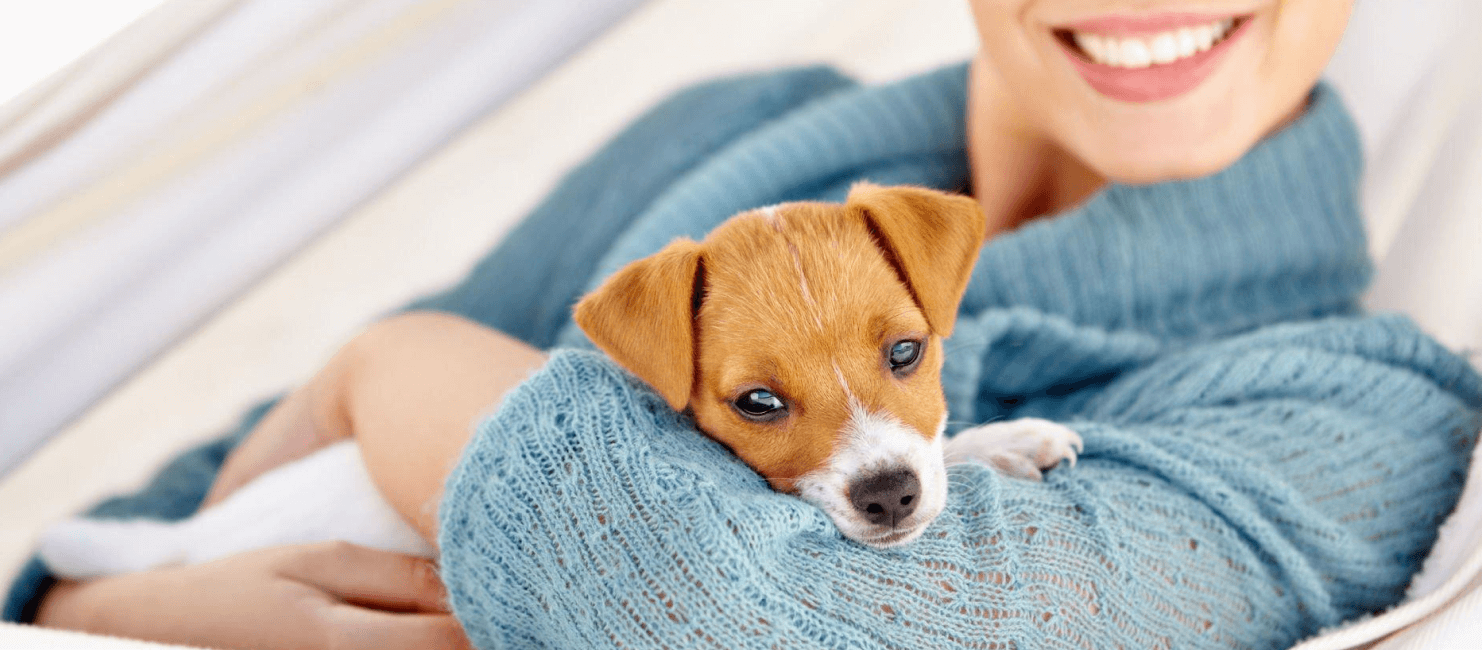
Training your dog
Training your pup is an important part of their development and career as service dogs! Get them off to the right start by teaching basic commands like sit, stay, come, down & heel as soon as you bring them home. Check out the ICTI training course! Ready for more?
- More than 50 lessons.
- Covering everything from basic training to specific service dog tasks.
- Information about the rights and responsibilities of service dogs and their owners. The service dog training course includes the following:
Step-by-step instructions are provided for teaching dogs basic commands, fun tricks, and necessary service tasks.
As your pup matures, their education should too! Training and socializing are the cornerstones of having a happy dog. After all, pets trained in obedience carry an air of authority wherever they go – plus, it’s really impressive to show off those tricks you’ve taught them (talk about pride). Socialization also plays a big part in crafting confident canines by exposing them to different people, places, and situations. Not only will this help make sure your bestie is comfortable around others, but it could reduce any potential aggression or fear-based reactions down the line as well. The best way to do that is to take them out into the world with you as soon as possible.
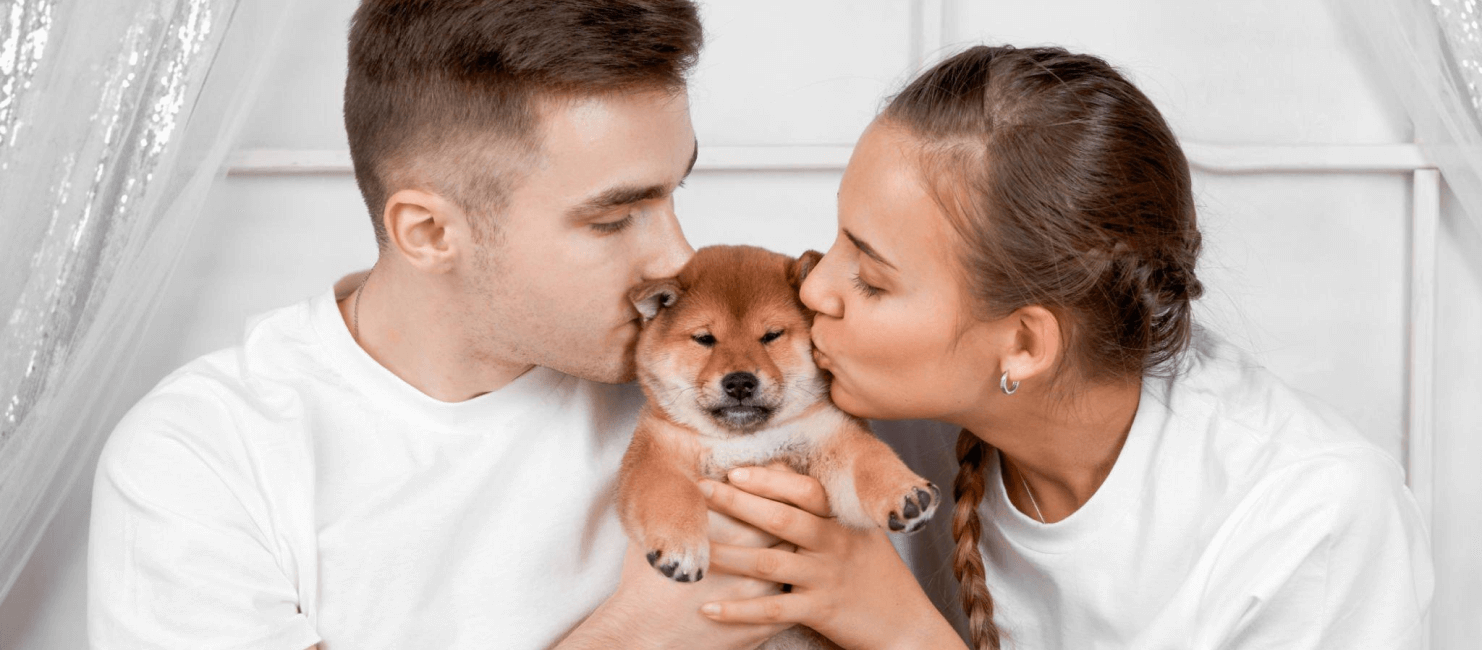
Service dogs can provide a plethora of amazing services and support for people in need – from guiding those with vision issues, helping children or adults access hearing aids, assisting folks with mobility impairments, as well as providing emotional comfort through canine therapy. It’s up to you to find the proper job fit for them! Once your furry friend is ready, it’s time to think about their future career path.
While there are no certification requirements for service dogs, we encourage taking the ICTI training class, followed by the k9 good citizen test. It may seem like a lot of work, but with practice (and lots of treats), even the most ambitious pooch can make it through! Once you and your pup have figured out the perfect job, it’s time to get them prepared for their new career.
Working as a team with your furry companion will bring great rewards but can also be challenging. Your job is to make sure that wherever you two go, from bustling city streets to peaceful country roads, they’ll stay focused on performing all of their amazing duties with commitment and consistency during training sessions both at home and out in public places. Together you’ll create an unstoppable duo capable of tackling anything life throws its way!
You need to reinforce training, take them to new places, and take them with you all the time. They must be re-trained if they cannot do as they were initially trained.
Conclusion:
If you’re feeling ambitious and thirsting for a unique challenge, consider taking on the rewarding duty of raising a service dog! With this task comes plenty of rewards as your furry friend learns how to independently provide vital services – all while bringing joy into your life.
Imagine a partnership where your beloved pet doesn’t just bring joy, but also provides essential support as a Psychiatric Service Dog (PSD). This journey of growth can deepen the bond between you two, transforming your pet into a reliable companion. Curious about this unique opportunity? Click here to kickstart your PSD training journey today.




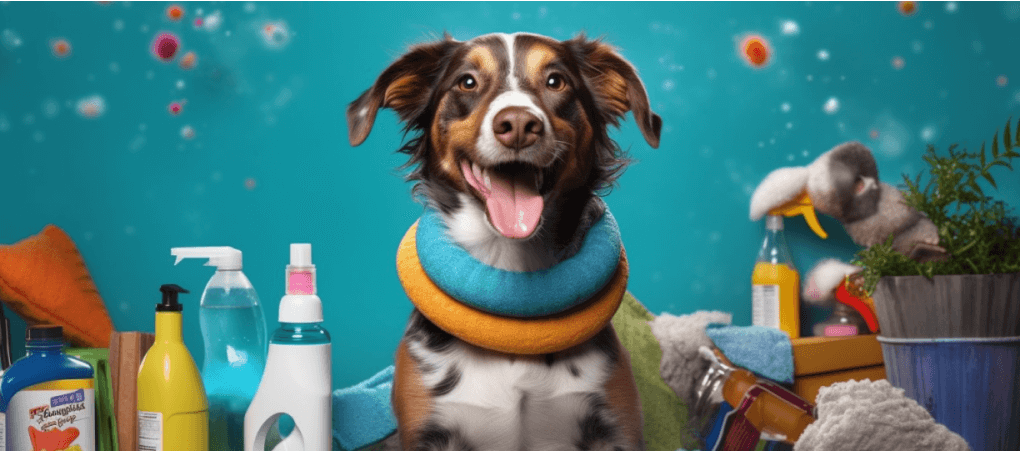
 Pet beds and blankets can get dirty and smelly. Washing them often will keep your pets clean and healthy. Here’s how to do it:
Pet beds and blankets can get dirty and smelly. Washing them often will keep your pets clean and healthy. Here’s how to do it: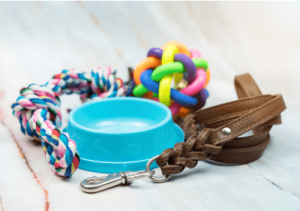 Toys can get dirty and carry germs that can make your pets sick. Cleaning them often keeps your pets safe and healthy.
Toys can get dirty and carry germs that can make your pets sick. Cleaning them often keeps your pets safe and healthy.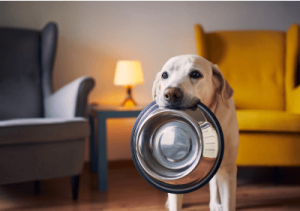 To stop harmful bacteria from growing, cleaning your pet’s food and water bowls daily is essential.
To stop harmful bacteria from growing, cleaning your pet’s food and water bowls daily is essential.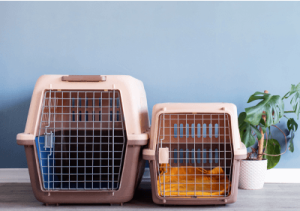 Pet carriers and crates should be cleaned often to remove dirt, hair, or other things that can build up.
Pet carriers and crates should be cleaned often to remove dirt, hair, or other things that can build up.